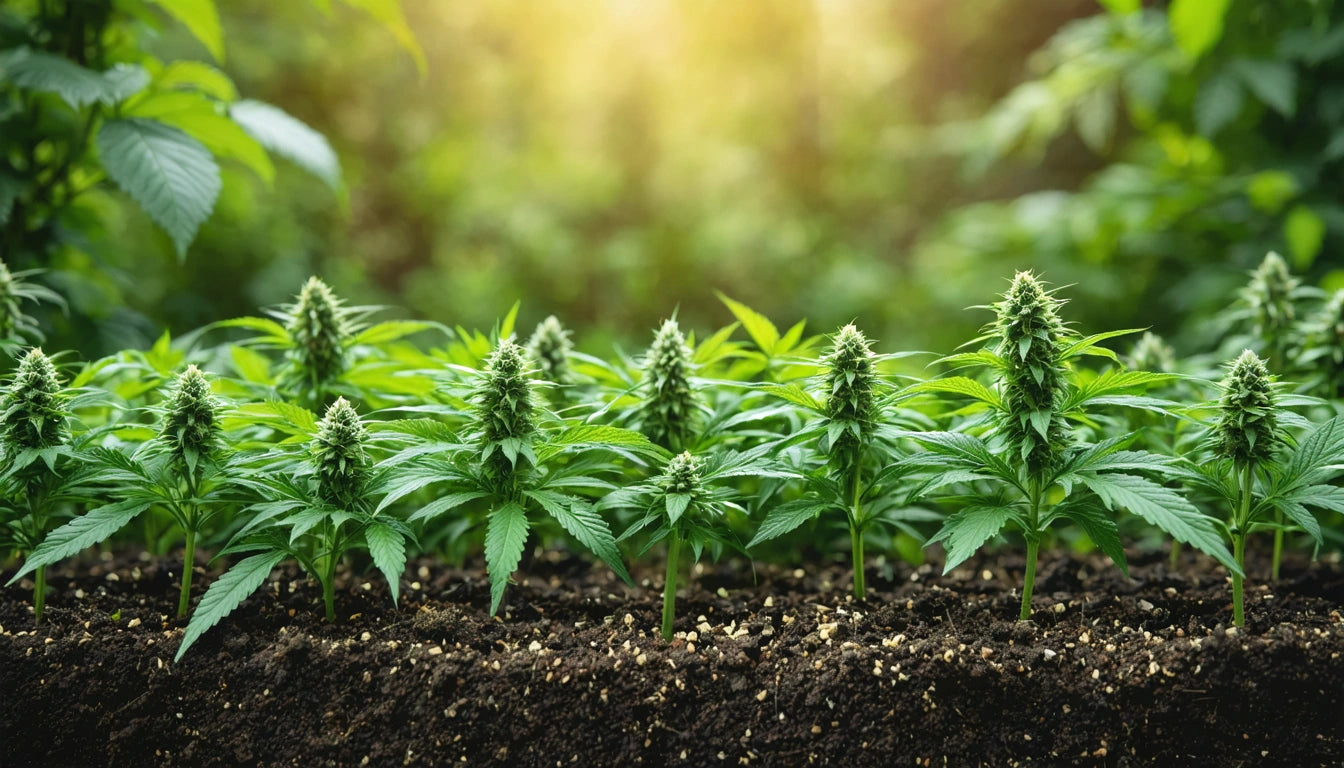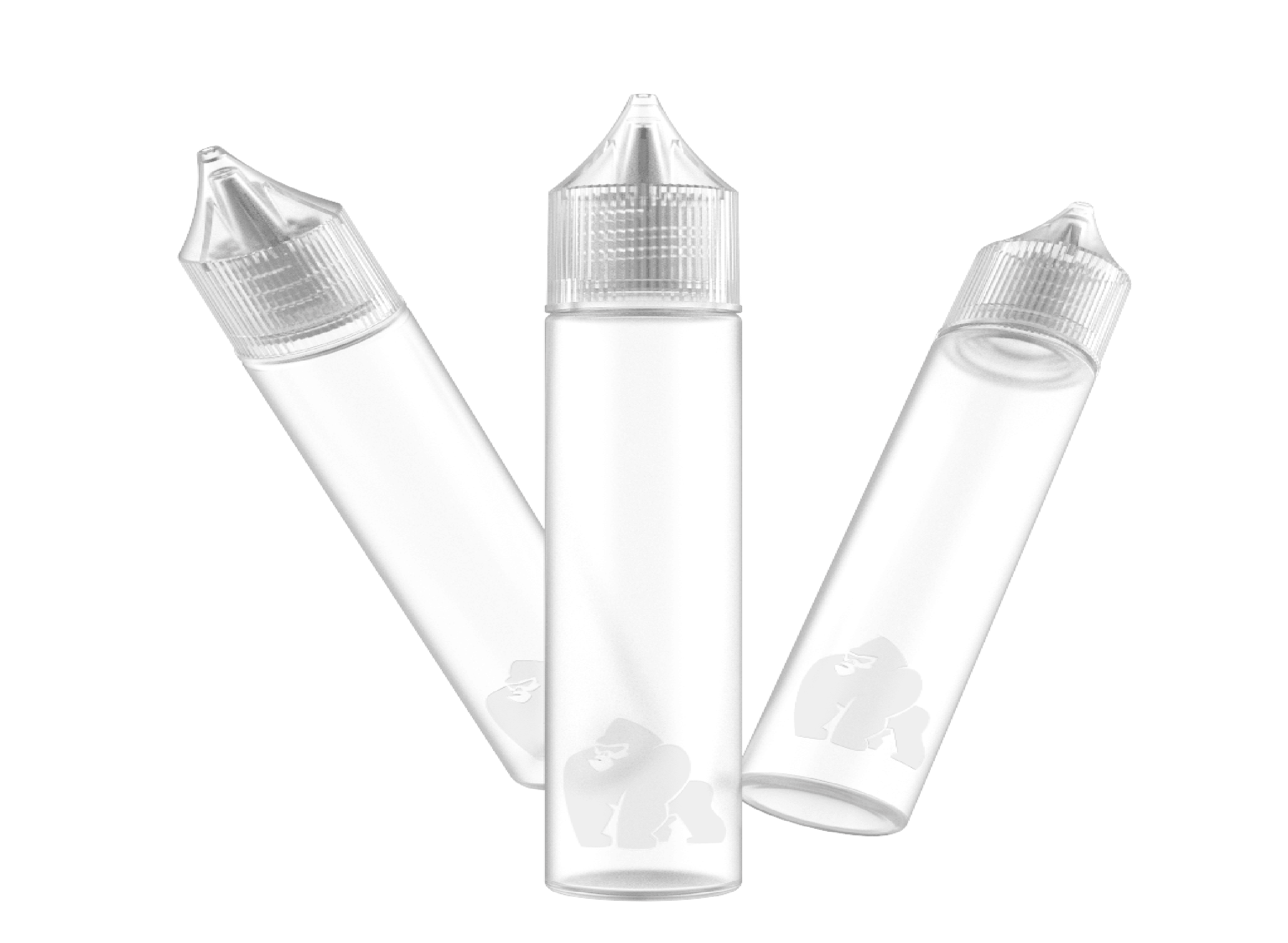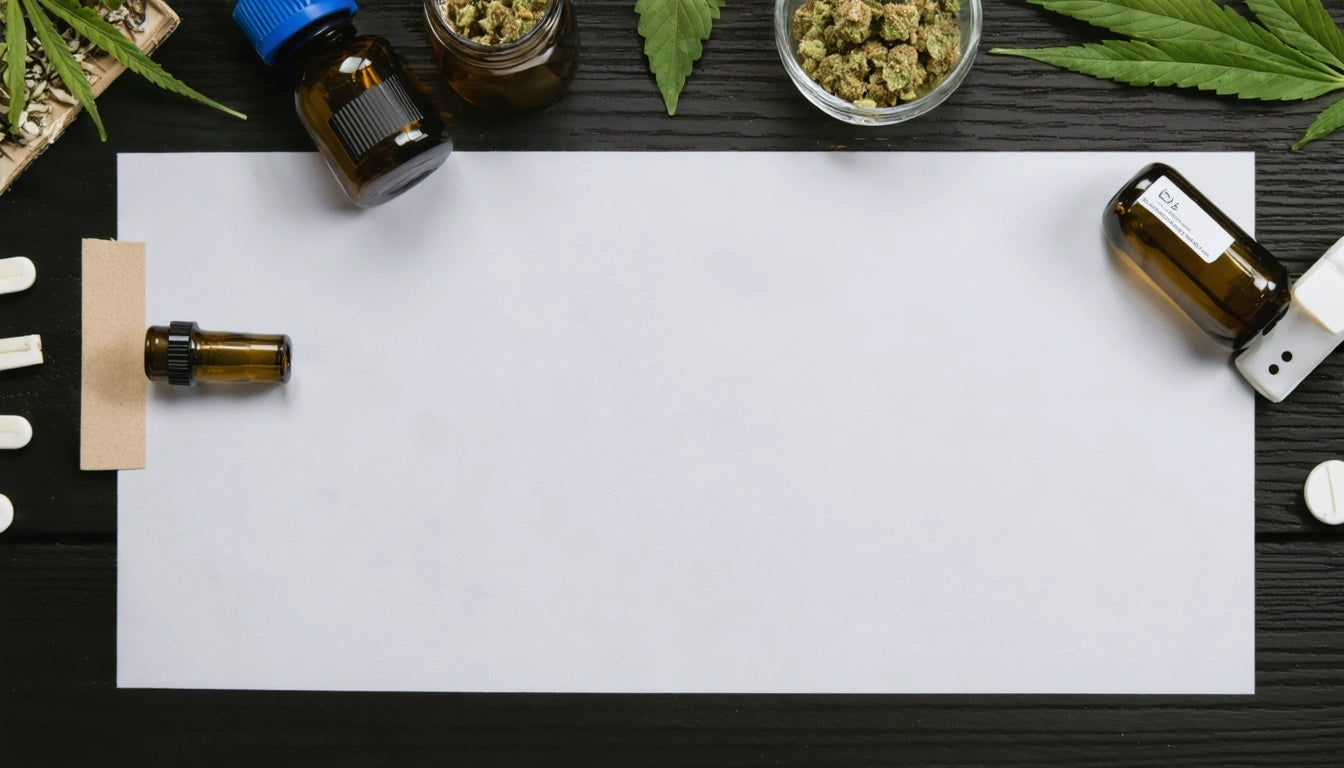Table of Contents
Cannabis cultivation methods fall into two primary categories: indoor and outdoor growing. Each approach offers distinct advantages and challenges that impact everything from initial setup costs to final product quality. Understanding these differences helps cultivators make informed decisions based on their specific goals, resources, and environmental conditions.
Environment Control: Nature vs. Technology
Indoor growing provides complete control over the cultivation environment. Growers can regulate temperature, humidity, light cycles, and CO2 levels to create optimal conditions year-round. This level of control allows for multiple harvests annually and consistent product quality.
Outdoor cultivation relies on natural sunlight and seasonal changes. While this reduces energy costs, it also introduces variability. Outdoor growers must work within their local climate constraints and adapt to weather fluctuations that can affect plant development.
Light Management
Indoor operations use artificial lighting systems that can be precisely timed and adjusted. According to research on light cycles, manipulating light duration and intensity significantly impacts growth patterns and cannabinoid production.
Outdoor plants follow natural seasonal light patterns, which typically allow for one harvest per year in most climates. This natural light cycle creates different growth characteristics and often results in larger plants when conditions are favorable.
Cost Considerations: Initial Investment vs. Long-Term Returns
The financial aspects of indoor versus outdoor growing differ dramatically in both upfront costs and ongoing expenses.
Indoor Growing Costs
- Higher initial investment for equipment (lighting, ventilation, climate control)
- Significant ongoing electricity expenses
- Space rental or modification costs
- Advanced nutrient and hydroponic systems
Indoor setups require substantial upfront investment but offer year-round production potential. Many commercial growers utilize specialized soil and hydroponic systems to maximize efficiency in controlled environments.
Outdoor Growing Costs
- Lower startup costs (primarily land, basic irrigation, and security)
- Minimal electricity requirements
- Higher labor costs for pest management
- Seasonal production limitations
While outdoor cultivation has lower initial costs, it comes with yield limitations due to seasonal growing cycles and greater vulnerability to environmental challenges.
Yield and Quality Differences
Both cultivation methods produce distinct characteristics in the final product.
Indoor cannabis typically offers:
- Consistent appearance and cannabinoid profiles
- Higher control over terpene development
- Cleaner appearance with minimal contaminants
- Potentially higher THC percentages due to stress manipulation
Outdoor cannabis generally provides:
- Larger plants with potentially higher per-plant yields
- More natural terpene profiles influenced by terroir
- Lower production costs per gram
- More sustainable production methods
The post-harvest process also differs between methods. Proper drying and curing techniques are crucial for both approaches but may require different parameters based on the initial moisture content and density of the harvested material.
Strain Selection for Different Growing Environments
Choosing appropriate genetics for your growing environment significantly impacts success rates.
Indoor environments favor:
- Indica-dominant strains with compact growth patterns
- Strains with shorter flowering periods
- Varieties bred specifically for controlled environments
Outdoor settings benefit from:
- Mold-resistant strains in humid climates
- Sativa-dominant plants in longer growing seasons
- Autoflowering varieties in shorter seasons
Understanding the differences between autoflower and photoperiod strains becomes particularly important for outdoor growers working with limited growing seasons.
Pest Management Strategies
Pest control approaches vary significantly between indoor and outdoor operations.
Indoor growers focus on prevention through:
- Strict quarantine protocols for new plants
- Controlled access to growing areas
- Regular inspection and early intervention
- Controlled humidity to prevent mold issues
Outdoor cultivators manage pests through:
- Beneficial insects and companion planting
- Strategic timing of planting to avoid pest cycles
- Regular scouting and identification of local threats
- Weather monitoring to anticipate disease pressure
Both environments require vigilance, but preventing mold, mildew, and pests involves different strategies based on the cultivation method.
Harvest Timing and Techniques
Determining the optimal harvest window differs between indoor and outdoor operations.
Indoor growers can precisely time their harvest based on:
- Trichome development and color
- Target cannabinoid profiles
- Scheduled production cycles
Outdoor harvesters must consider additional factors:
- Weather forecasts and frost risks
- Seasonal daylight changes
- Security considerations
Recognizing signs that cannabis plants are ready for harvest requires close observation of trichome development, pistil coloration, and leaf changes regardless of growing method.
Sustainable Practices in Cannabis Cultivation
The environmental impact of cannabis cultivation varies significantly between methods.
Indoor cultivation challenges include:
- High energy consumption for lighting and climate control
- Water usage for hydroponic systems
- Carbon footprint from electricity generation
Outdoor growing offers sustainability advantages:
- Natural sunlight reduces energy needs
- Rainwater utilization possibilities
- Potential for organic and regenerative practices
As the industry matures, many cultivators are implementing hybrid approaches that combine elements of both methods. These solutions might include greenhouse cultivation, light deprivation techniques, or supplemental lighting for outdoor grows.
When considering packaging for harvested cannabis, safety regulations similar to those for pharmaceuticals must be followed, particularly regarding child-resistant packaging requirements that prevent accidental ingestion while remaining accessible to adults.











Leave a comment
All comments are moderated before being published.
This site is protected by hCaptcha and the hCaptcha Privacy Policy and Terms of Service apply.